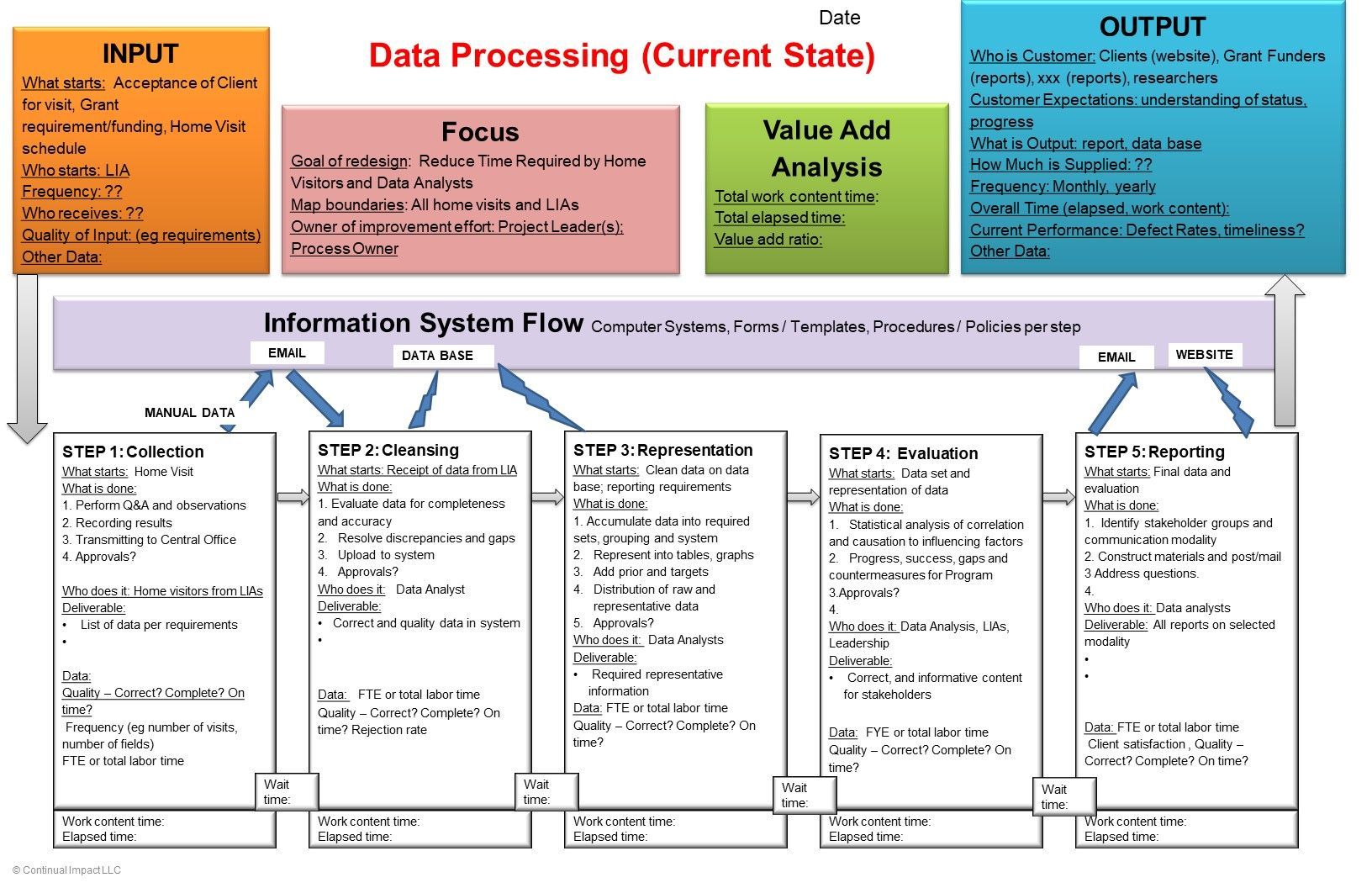More Focus: System-Wide Thinking

What is System-Wide Thinking?
System-wide is a big picture view of a process or organization/team. System-wide thinking begins with a goal or vision in mind. Next is a high level visual representation of the system from beginning to end. These high level visual representations are often called Value Stream Maps, SIPOCs (Supplier, input, processes, output, customers), and Extended Value Steam Maps.
Why use System-wide thinking?
There is much to be gained from system-wide thinking, this includes increased collaboration, role understanding/appreciation, accountability, and creating transformational opportunties. Another benefit is the ease and effectiveness of seeing needed opportunties and change.
How to use System-Wide Thinking?
1. Establish a goal.
2. Capture what supplies and starts.
3. Capture what is the final outcome / desired result.
4. Capture what are the big steps or components needed to move from the start to the end. Including what is done, by whom, information and technology that binds the activities together, and data: time, quality.
5. Take a step back to look at the entire map - where are the biggest gaps? areas of improvement/change?
6. Prioritize efforts and actions toward closing the biggest gap(s) vs. trying to do everything at the same time.
We hope you enjoy some needed focus with big-picture / system-wide thinking. Interested in more?
One cannot climb the 7,573 feet of El Capitan in Yosemite without system-wide thinking and acting. The system includes weather conditions, terrain, gear, and the climbers overall health and athleticism. All of these are needed for a successful climb. Great gear with an unfit body will not work. Poor weather and great gear presents challenges too. As a leader or supervisor of a team this big - picture / system-wide thinking can help you climb your mountain, get focused, and work on the priority details!


